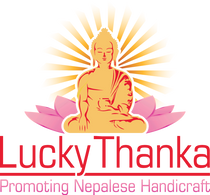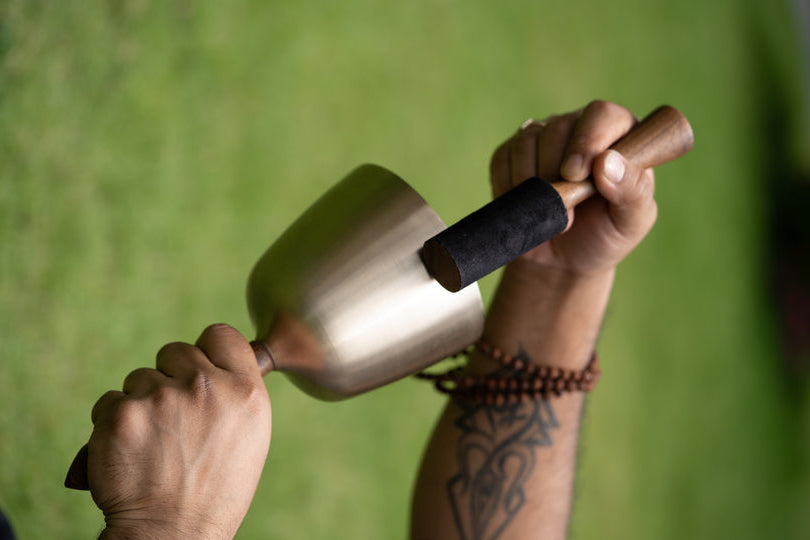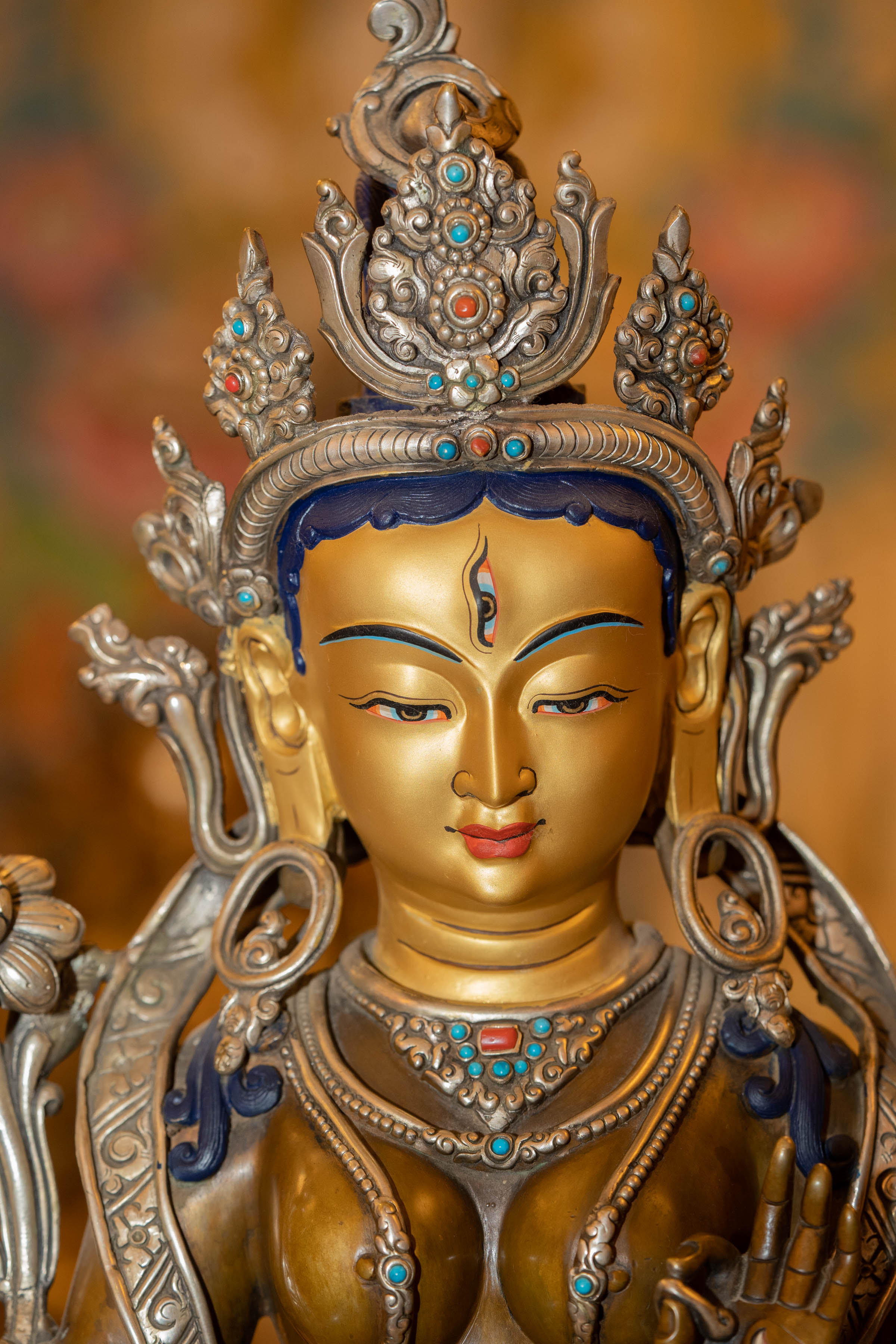What is Thangka

(This is in essence the first question that you may want to ask. The answer is relatively simple, a Thangka is a painting, usually painted on cotton canvas, rarely on silk. )
It is believed that the art spread from Nepal to Tibet along with Buddhism after Bhrikuti, a Nepali princess, was married off to Tsrong Tsang Gyampo, the King of Tibet. Read More
The word ‘Thangka’, means ‘that which can be rolled up’, as it was a scroll in form, which could be easily carried by itinerant monks and used as a teaching tool or to give a sense of protection to the traveller. To this day Buddhist Lamas use these scroll artworks in their ceremonies. They are to be found in shrine rooms and temples as a focus for devotional practice of meditation or in people’s home to ward off misfortune.
The literal translation of the Tibetan word THAN KA means ‘recorded message’. Thankas communicate a message to the practitioner, serving as an aid to teaching and as an aid to meditation through the visualization of the deity. It is a medium through which the Buddhist philosophy can be explained. Originally lamas and monks used scroll paintings to instruct the Buddhist Dharma (teachings). These paintings were easily transported and unrolled to suit the needs of the mainly nomadic population.
Traditionally, Thangka's are painted by using powdered natural pigment made from ground stones and resins from boiled leaves. This is then mixed with water and Yak skin gum to give the paint a permanent finish. The medium is then applied with a fine brush (sometimes with as little as 3 hairs) to a canvas that has been carefully stretched. The stretching is done by attaching the four sides of the canvas by twine to four strips of wood, which in turn are tied to a frame. The front and back of the canvas are then treated in various ways to create a smooth effect, using a glue which is applied first, followed by the application of a mixture of rice flour and plaster. The surface is then smoothed off to make it ready for the initial sketching. After a few days the surface is capable of taking the finest detail.
Tibetan monks and lamas used the thangkas to instruct the Buddhist Dharma teachings to the (mainly nomadic) population.
As they are scroll paintings, they were easily transported and unrolled, for example in a village far from the monastery. The villagers would gather in the main square around the lama, who would point (with a stick) at the different parts of the thangka and to illustrate his stories.


